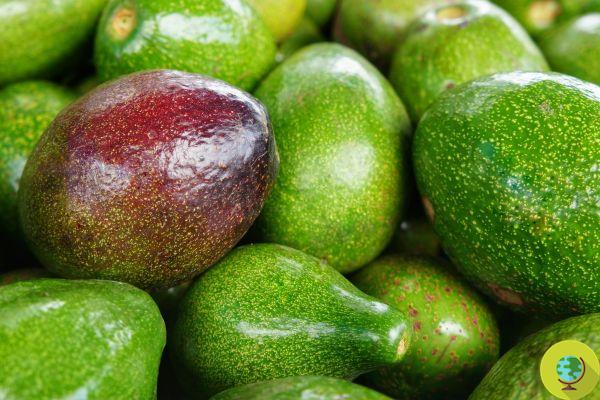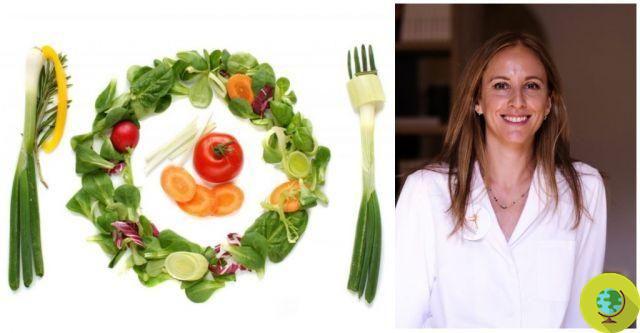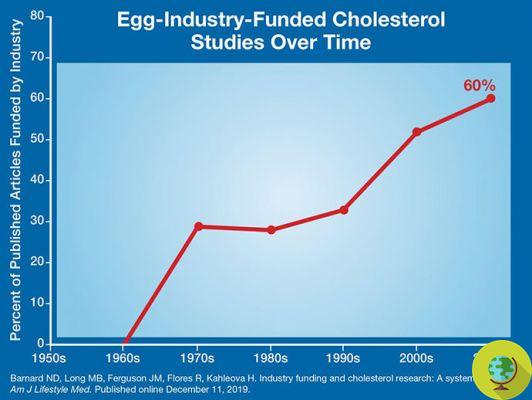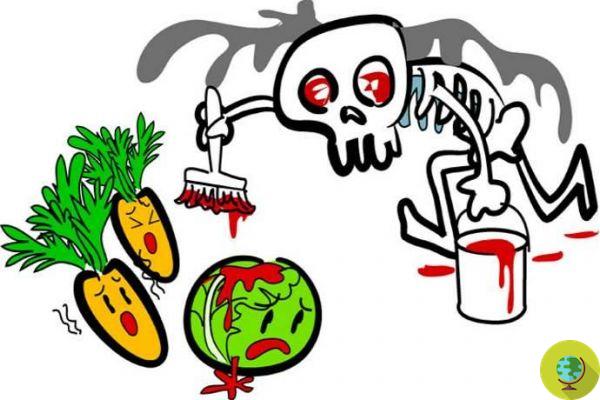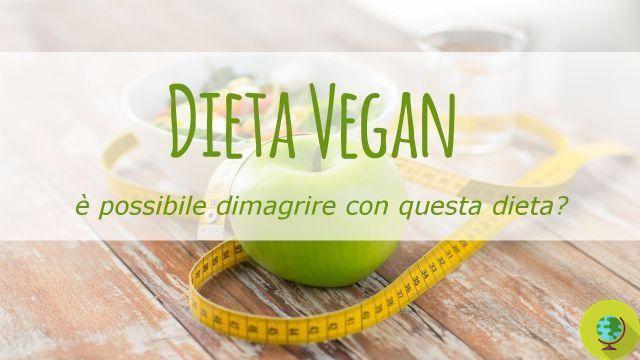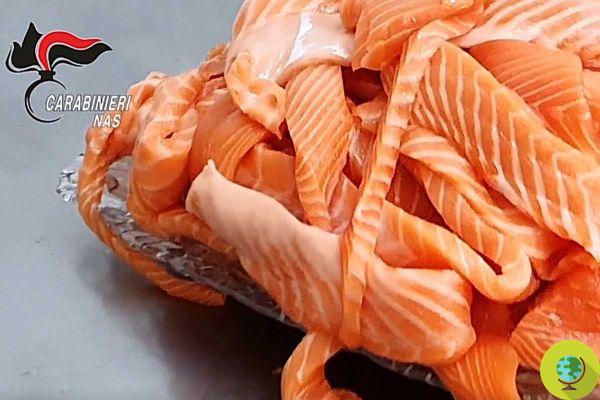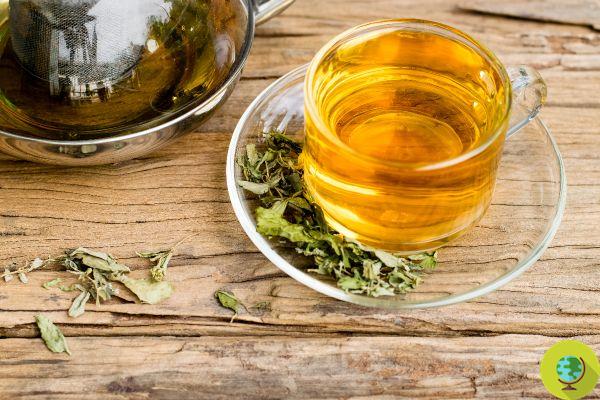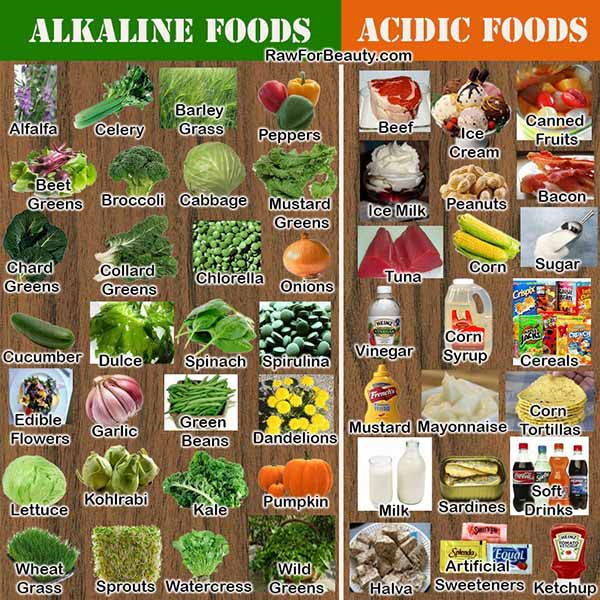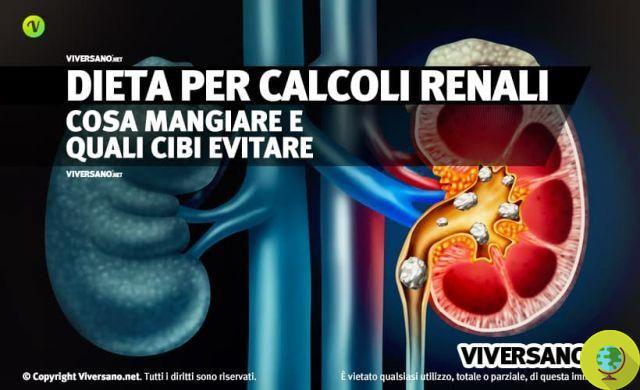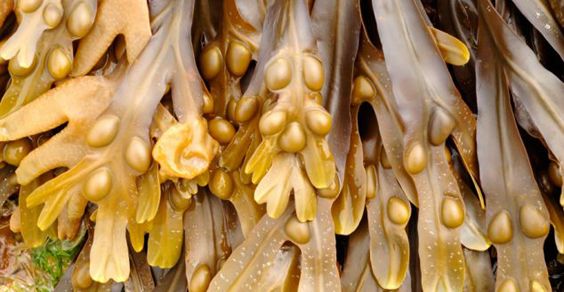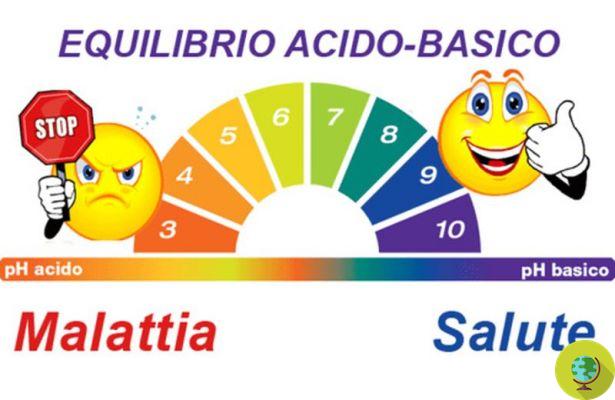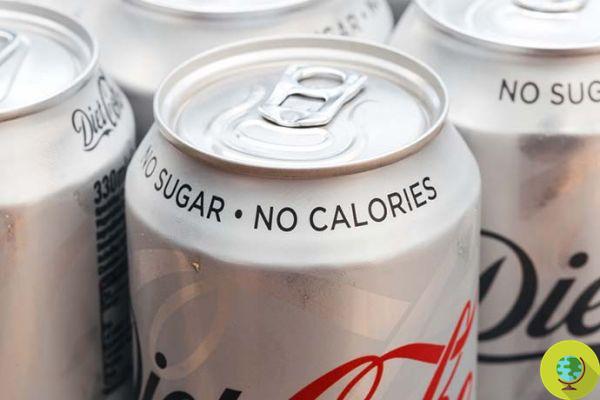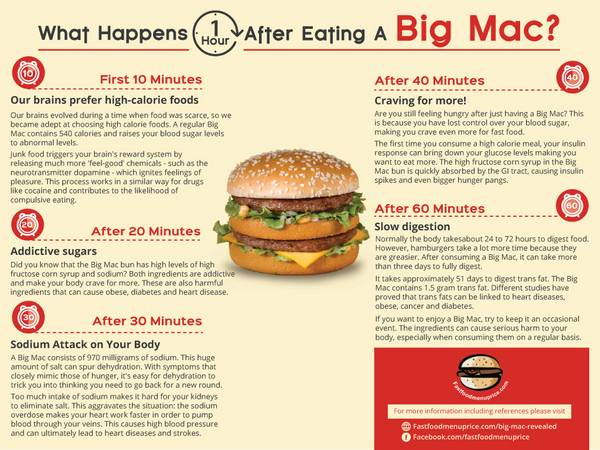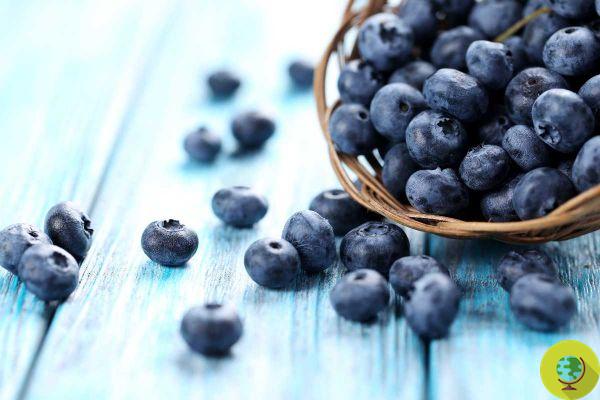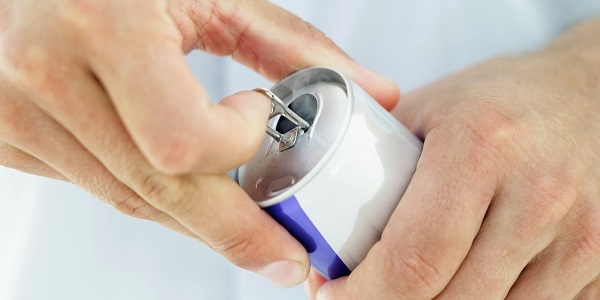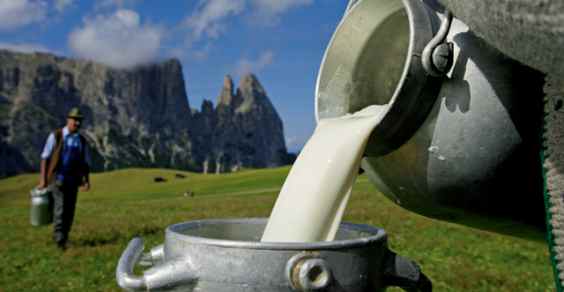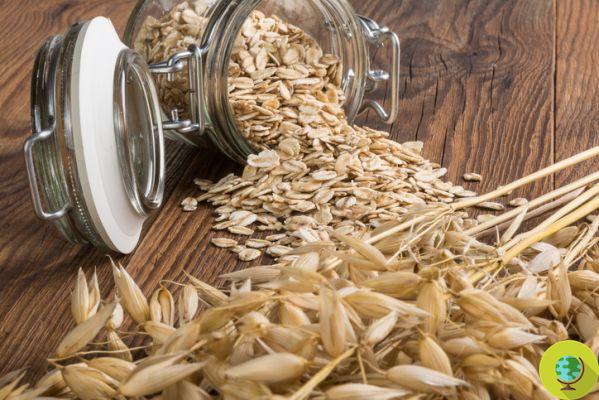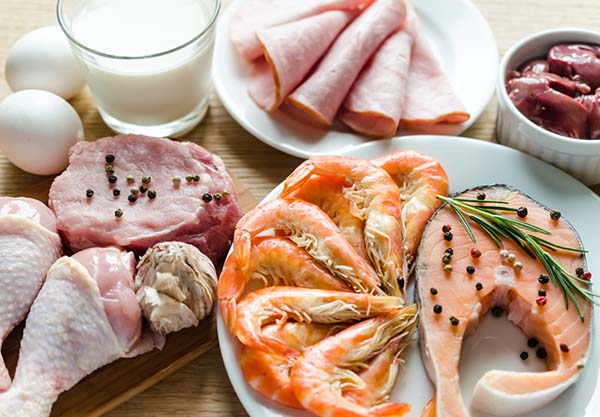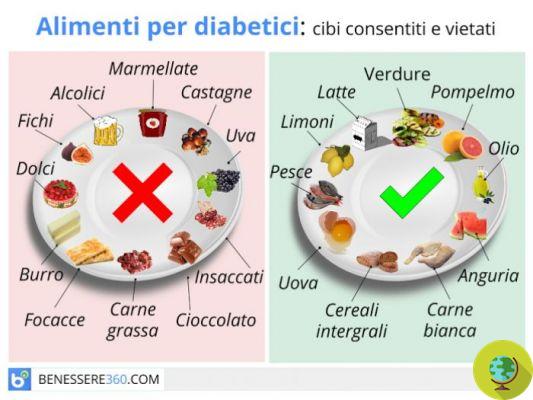According to a new study conducted by the Food Packaging Forum, 175 chemicals with known hazardous characteristics are legally used in the manufacturing of food packaging and packaging in Europe and the United States.
Don't store avocado like this: it's dangerous
According to a new study conducted by Food Packaging Forum, 175 chemicals with known dangerous characteristics are used legally in the manufacturing of food packaging and packaging in Europe and the United States.
Food packaging and other materials that come into contact with food (e.g. films, cans, pots, containers) continuously release mixtures of synthetic substances into food (at low levels) which are then ingested by the consumer on a day to day basis.
Many of the 175 identified substances are classified as carcinogenic, mutagene, toxic for reproduction. Others are considered to interfere with the hormonal system. These are the so-called endocrine disruptors (think, for example, of the bisphenol A). A third group of chemicals is considered to be bioaccumulative.
The study, which bears the title of "Food contact substances and chemicals of concern: A comparison of inventories," was published on July 7 by the scientific journal "Food Additives and Contaminants, Part A".
The authors of the Packaging Food Forum identified 175 substances by comparing two inventories of hazardous chemicals, the list Substitute it Now! and the TEDx list dedicated to endocrine disruptors, with publicly accessible databases that collect substances that come into contact with food. The list contains toxic chemicals and they accumulate in the environment or in the human body.
- phthalates, which are widely used as plasticizers, are an important example of chemicals that disrupt the endocrine system and that can lead to male infertility, genital malformations e cancer. Benzophenones and other chemical compounds add to the list of endocrine disrupting chemicals used in printing inks and coatings of materials that come into contact with food.
Most of the 175 hazardous chemicals identified in the new study meet the criteria for "Substances of Extremely Problem" (SVHC) on the basis of the regulation REACH of the EU. While only 21 of the 175 chemicals have been officially recognized as SVHC by the European Chemicals Agency, as many as 96 substances have been identified as meeting the official REACH criteria for SVHC by the non-governmental organization ChemSec. They are all listed on the list Sobstitute It Now!.
SVHC substances of very high concern should be properly monitored and progressively replaced by less dangerous alternatives under REACH. This includes a two-step regulatory process aimed at eliminating Substances of Very High Concern. However, chemicals used in the manufacture of food contact materials are not directly affected by this intervention, since they follow a separate regulation.
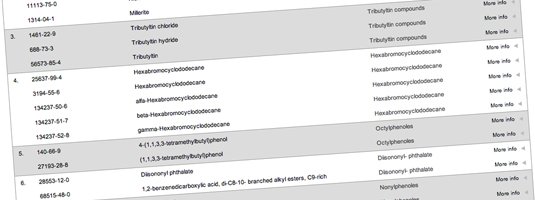
Consequently, according to the study authors, chemicals with highly toxic properties can legally be used in the production of materials that will come into contact with food, but not in other consumer products such as computers, fabrics and paints, although exposure through materials intended for food contact can be much more relevant.
See the list here Sobstitute It Now! e Thu the database with all the information on the individual substances
Marta Albè
Read also:
- Plastic in contact with food: why and how to avoid it
- Bisphenol A: is BPA-free plastic really safer?
- Coffee capsules: how to recycle them correctly and make them a little more sustainable




